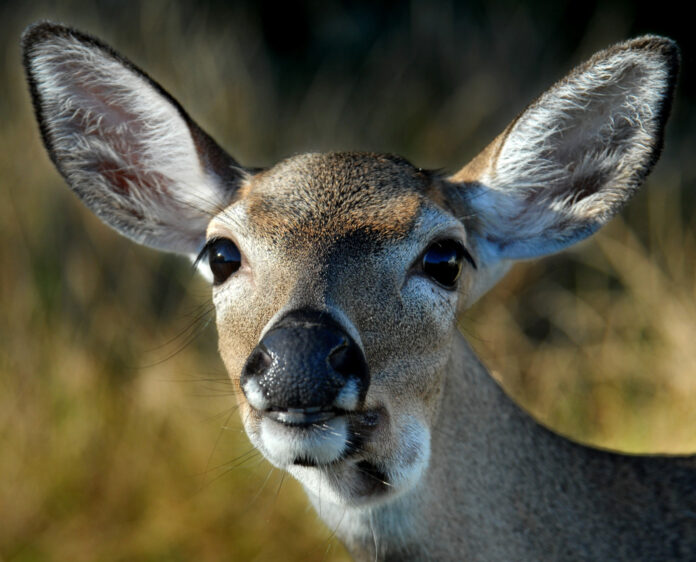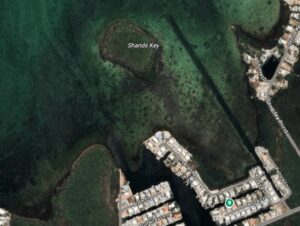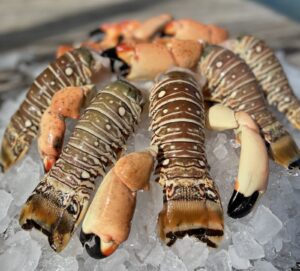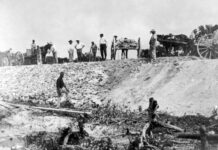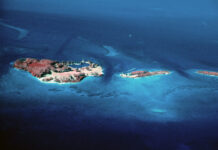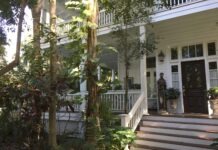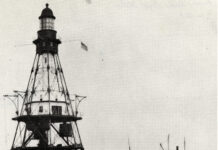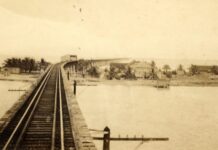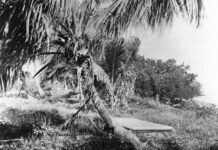Rolling past the iconic Bahia Honda Bridge and across Scout Key, there is a really tight curve. Let it serve as a wake-up call.
Traveling down what is essentially a straight line, this little curve has sneaked up and caused its fair share of drivers to misjudge it. Not only should it act as a great reminder to slow down and enjoy the ride, but as a reminder that lives are at stake just around the next corner.
With that, welcome to Big Pine Key, the second largest of the Florida Keys. Unlike Key Largo, the largest island in the chain, the highway does not run across it for mile after mile, but for a relatively short span. Big Pine, too, is Key deer country.
The deer in the Keys are a subspecies of the white-tailed deer found across much of North America. The key difference between the island version and their mainland cousins is size. The local deer is the smallest of the white-tailed variety and stands about as tall as a Labrador retriever. Bucks stand a little taller, up to 32 inches at the shoulder, and can weigh 55 to 75 pounds. Does are slighter in nature.
Though they are most commonly associated with Big Pine and No Name Keys, the deer use the food and fresh water sources on roughly 25 islands in the Lower Keys and swim to move between them.
In 1940, about 50 Key deer were still living in the Lower Keys. The National Key Deer Refuge was established in 1957. The refuge’s Nature Center on Big Pine Key is a great place to learn more about them. Slowly, their numbers turned the corner. In 2023, somewhere in the neighborhood of about 750 deer could be found in the Lower Keys.
When driving through the area, be especially cautious and watch for the deer in the early morning and evening hours. They will wander up to nibble on the tender grasses growing at the edge of the highway. They will also walk out onto the road, making cars the biggest threat to the Key deer.
Big Pine is a good place to explore side streets. Start at Key Deer Boulevard and turn right. At Watson Boulevard, turn right again. Believe it or not, Watson Boulevard was the path of the original Overseas Highway, State Road 4A. Watson Boulevard also leads to the No Name Pub, one of the great not-too-hidden bars in the Florida Keys. When you get there, you’ll see a sign reading, “You Found It!”
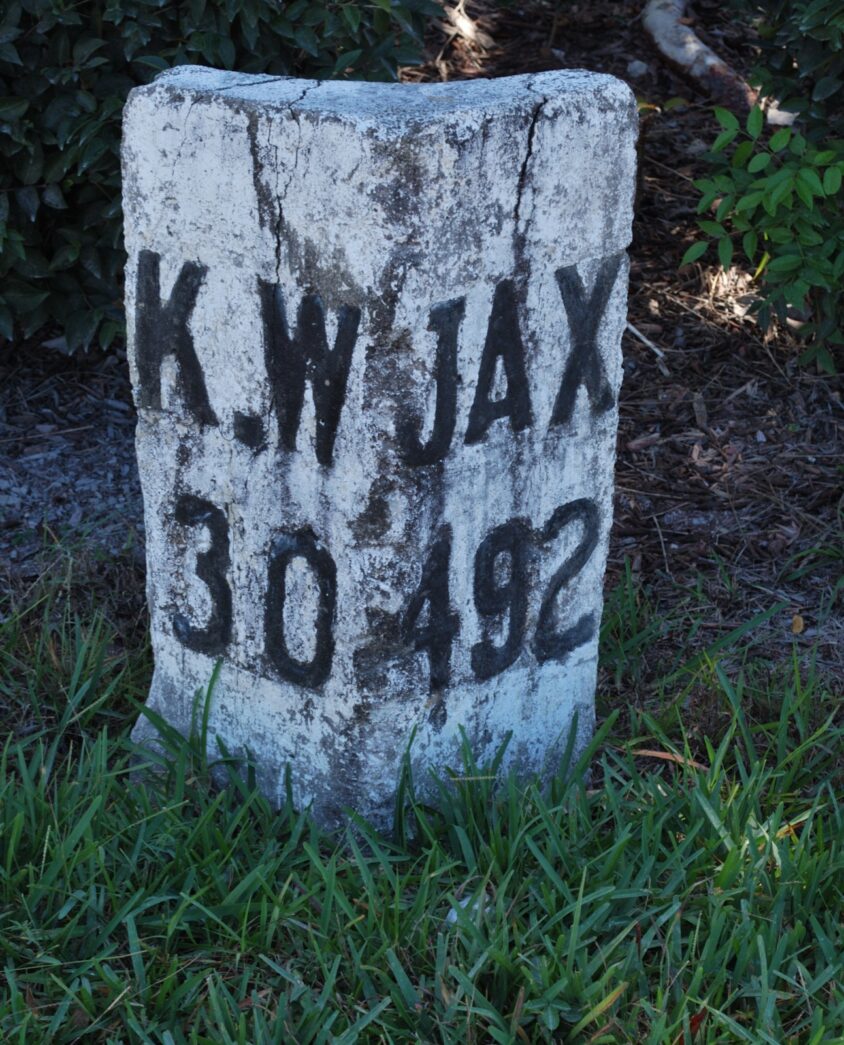
The building has a history dating back to 1931. The first version of the structure was a two-story building serving as a general store and a bait and tackle shop for fishermen. The second floor was initially used for storage. According to local histories, it was 1936 when a room was added to the downstairs and used as a small restaurant and bar. It was not the last expansion the property would see.
By the decade’s end, the clutter had been moved out from the upstairs, mattresses moved in and the space reimagined. It served as a brothel for several years, though not a successful endeavor from most accounts. If the old stories are true, one of the setbacks was that the fishermen frequenting the establishment were more attractive than the working girls.
Of all the business conducted on the premises, restaurant, bar, general store, bait and tackle, the upstairs brothel was the first to go. The next was the general store and tackle shop, which ceased to operate in the mid-1950s. Then, the restaurant and bar expanded, and the location became known as the No Name Pub — one of the oldest bars in the Keys.
After a cold drink and something yummy to eat — maybe one of their famous pizzas — it’s back down Watson Boulevard. Don’t turn left just yet when you come to Key Deer Boulevard. Instead, turn right and take a little extra time to visit the Blue Hole that was created in the 1920s during the building of State Road 4A.
Limestone was quarried from that location for construction projects, and what was left in the wake of those efforts was an open quarry that breached the underlying aquifer and filled up to create the Blue Hole. Today, there is a wildlife observation platform at the water’s edge where alligators can be frequently seen.
One of the really cool things about the Florida Keys that hardly anyone talks about is that both alligators and crocodiles call the island chain home. The only places in the world where the two species co-exist are South Florida and the Keys. While you will not see any crocodiles at the Blue Hole, there are a couple of resident alligators. Do not feed them. Feeding alligators causes them to associate people with food, placing both species in dangerous positions.
Returning to the car and the Overseas Highway, you can make one more stop before leaving Big Pine Key and crossing the North Pine Channel Bridge. Before you get to the bridge, on the oceanside is the relatively new Pine Channel Nature Park. The county park is an excellent place for a picnic or swimming. It has one of the better kayak launches found along the highway.
What the park also offers is a little piece of restored history. Once, an original Henry Flagler-era mile marker stood at the side of the highway at MM 30. For years, it was falling apart. Fortunately, it was dug up and restored and is now on display at the park. The old concrete mile markers had two numbers on them, not just one like the green and white ones do today. They marked the distance between that point and Key West, as well as that point and Jacksonville. This one reads: K.W. 30 and JAX. 492.
In 2025, I’ll be exploring the Overseas Highway, its history, attractions, and points I find interesting.















